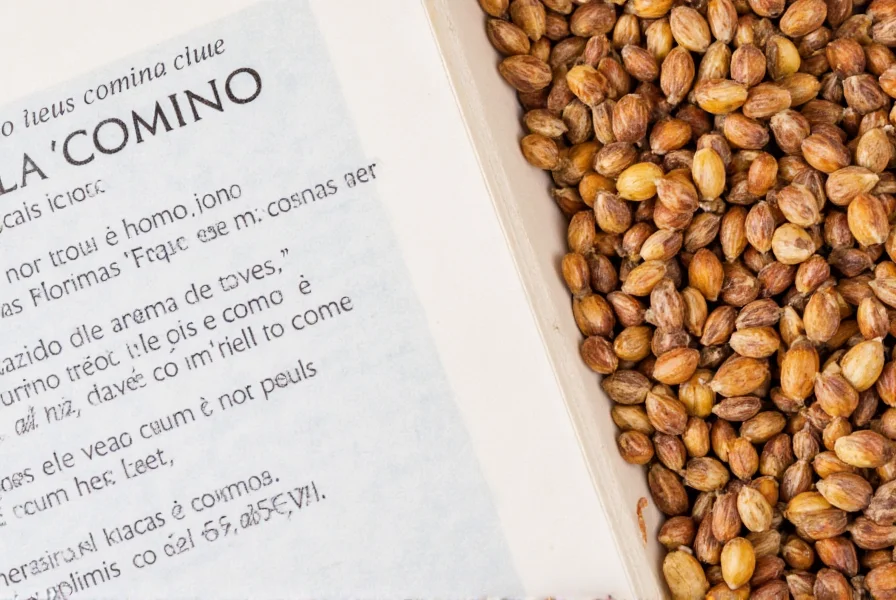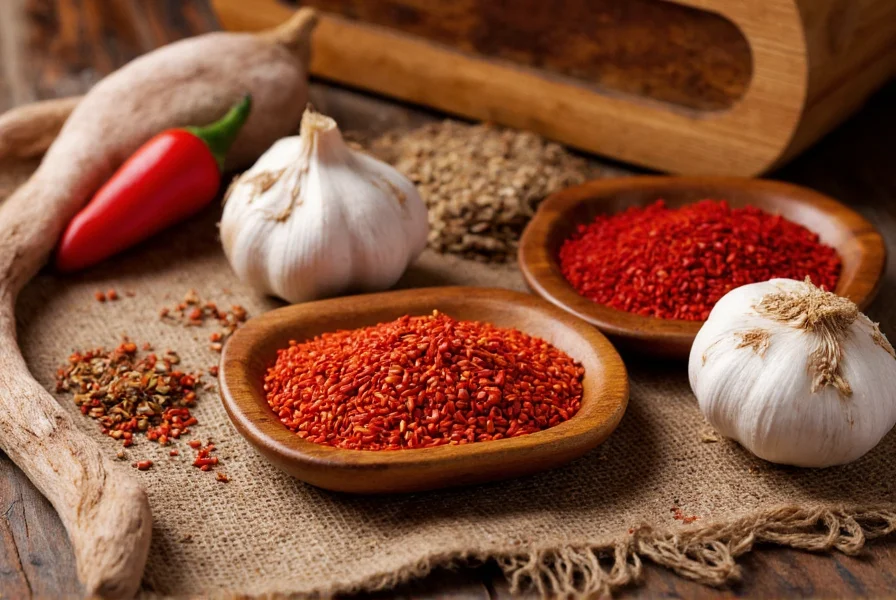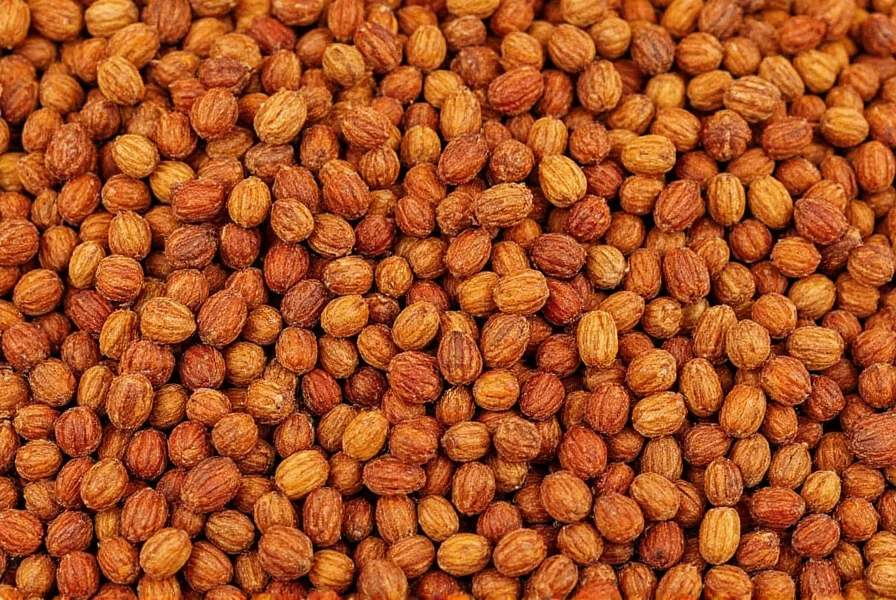When searching for cumin spanish terminology, many home cooks and language learners seek the precise translation and culinary context. The Spanish word for cumin is unequivocally 'comino'—a term derived from the Latin 'cuminum' and Arabic 'kammūn.' Understanding this translation resolves the most common language query, but deeper exploration reveals important culinary distinctions.
Understanding 'Comino' in Spanish Language and Cuisine
While 'comino' directly translates to cumin in English, its culinary application varies significantly across Spanish-speaking cultures. Traditional Spanish cuisine from Spain uses comino sparingly compared to Latin American cooking. This distinction explains why many searching for spanish translation for cumin become confused about its actual usage.
In Spain, comino appears primarily in:
- Regional sausages like chorizo from certain areas
- Some cheese productions (notably Murcian cheeses)
- Traditional blood sausages (morcilla)
- Selected meat stews from central Spain
Conversely, Latin American cuisines embrace comino more extensively:
| Region | Common Comino Applications |
|---|---|
| Mexico | Taco seasoning, moles, bean dishes, salsas |
| Peru | Aji sauces, stews, roasted meats |
| Caribbean | Rice dishes, sofrito bases, meat marinades |

Common Misconceptions About Cumin in Spanish Cooking
Many searching for is cumin used in spanish cooking encounter conflicting information. The confusion stems from two key factors:
- Historical usage changes: While comino appeared in medieval Spanish recipes influenced by Moorish cuisine, its prominence decreased after the discovery of the Americas when new spices became available
- Regional variations: Northern Spanish cuisine uses minimal comino, while southern regions maintain stronger historical connections to its use
When exploring difference between cumin and comino, remember they're identical spices—only the language differs. The flavor profile remains earthy, warm, and slightly citrusy whether you call it cumin or comino.
Practical Usage: Incorporating Comino in Spanish Recipes
For those learning how to say cumin in spanish for cooking purposes, proper usage matters:
- Whole seeds: Toast briefly before grinding for maximum flavor in Spanish rice dishes
- Ground form: Add early in cooking for meat marinades to allow flavors to meld
- Traditional pairings: Combine with smoked paprika (pimentón) and garlic for authentic Spanish flavor profiles
Example sentence for language learners: "Necesito comino para esta receta de chorizo casero." (I need cumin for this homemade chorizo recipe.)

Related Spanish Spice Terminology
When researching cumin spanish terms, you'll encounter related vocabulary:
- Comino molido - Ground cumin
- Granos de comino - Cumin seeds
- Comino en polvo - Powdered cumin
- Azafrán - Saffron (often confused with cumin in Spanish cooking discussions)
Understanding these terms helps navigate Spanish recipes accurately. Many searching for comino spice in spanish cuisine mistakenly believe cumin plays a larger role in traditional Spanish cooking than it actually does—this confusion typically stems from conflating Spanish and Latin American culinary traditions.
Frequently Asked Questions
What is the Spanish word for cumin?
The Spanish word for cumin is 'comino' (pronounced koh-MEE-no). This translation is consistent across all Spanish-speaking regions, though culinary usage varies significantly between Spain and Latin American countries.
Is cumin commonly used in traditional Spanish cooking?
Cumin (comino) has limited use in traditional Spanish cuisine from Spain. It appears primarily in certain regional sausages, some cheeses, and select meat dishes. Spanish cooking generally relies more on saffron, paprika, and garlic as primary spices, unlike Latin American cuisines where cumin plays a more prominent role.
How do you pronounce 'comino' in Spanish?
Comino is pronounced koh-MEE-no in Spanish. The 'c' sounds like 'k', the 'o' is a pure vowel sound, the stress falls on the second syllable, and the 'no' rhymes with 'dough'.
What's the difference between Spanish cumin and regular cumin?
There is no botanical difference—'comino' is simply the Spanish word for cumin. The spice itself (Cuminum cyminum) is identical worldwide. The confusion often stems from varying culinary applications across Spanish-speaking regions rather than any difference in the spice itself.
Can I substitute comino in Spanish recipes?
If a Spanish recipe calls for comino and you lack it, caraway seeds offer the closest flavor profile, though they're stronger. For traditional Spanish dishes, consider whether the recipe genuinely requires cumin, as many authentic Spanish recipes don't use it extensively. In Latin American recipes labeled as 'Spanish,' cumin is often essential to the intended flavor profile.











 浙公网安备
33010002000092号
浙公网安备
33010002000092号 浙B2-20120091-4
浙B2-20120091-4